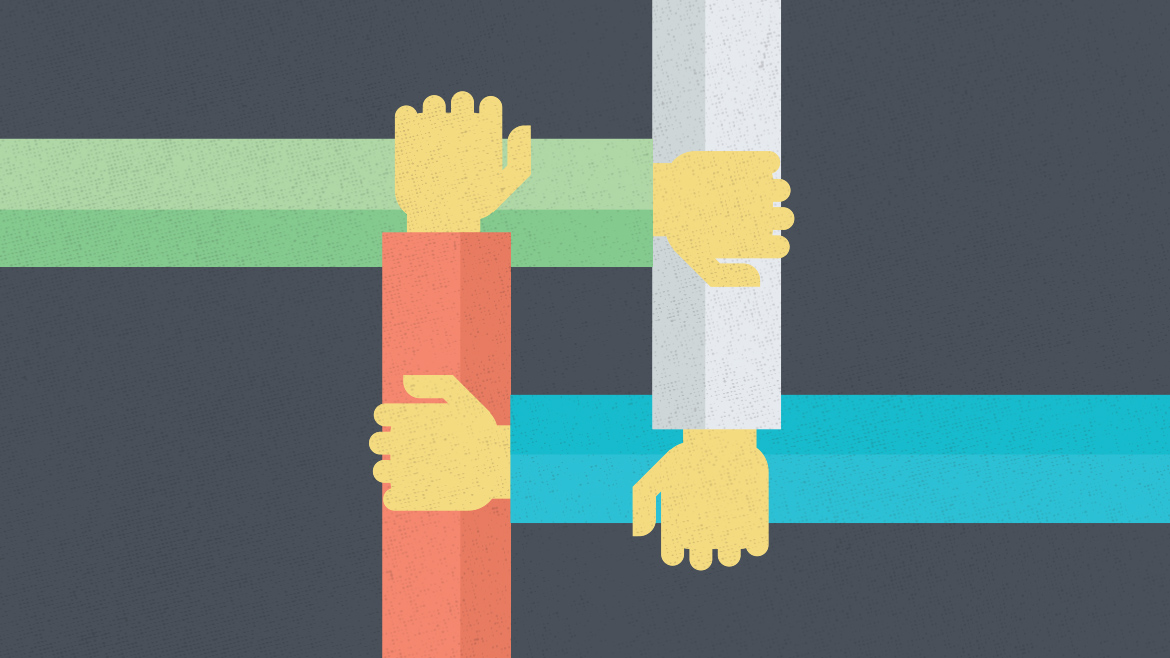Five Leadership Growing Pains
 In 1979, I had the first of two knee surgeries. The initial one was the result of a horse accident on my family farm; the second occurred in 1983, from a sports injury. In 1991, I was involved in a terrible car accident, in which I required some plastic surgery to my face. Last summer, I underwent a shoulder surgery to repair my rotator cuff and to remove some bone spurs. Pretty severe physical pain accompanied all of these medical conditions. They all required pain tolerance, focus and perseverance to move forward.
In 1979, I had the first of two knee surgeries. The initial one was the result of a horse accident on my family farm; the second occurred in 1983, from a sports injury. In 1991, I was involved in a terrible car accident, in which I required some plastic surgery to my face. Last summer, I underwent a shoulder surgery to repair my rotator cuff and to remove some bone spurs. Pretty severe physical pain accompanied all of these medical conditions. They all required pain tolerance, focus and perseverance to move forward.
Every day, I work with clients who are experiencing a different kind of pain, but it is just as real. This kind of pain takes just as much focus, perseverance and, yes, tolerance to overcome. The difference is that it’s psychological and emotional pain, rather than physical pain.
Our natural neural reaction to physical pain is to try to stop it as soon as possible. However, with growing pains for entrepreneurs and executives, stopping the pain can have negative results. When the pain stops, the progress of growth stops. It takes a little bit of time for the leader to realize that pain equals growth. New experiences and situations facing a leader cause this kind of situation. For instance, sometimes executives leave companies to form their own enterprises — this is a very different experience, which causes different pain.
In some cases, as leaders, we have to get away from our successful technical expertise to become business managers and people developers; these situations also create new pains of growth. Here are just five of the many ways growing pains can manifest themselves in a growing leader:
1. Becoming Tired
No doubt about it, applying your energy in ways you haven’t previously applied it sucks the energy right out of you. In familiar situations in which we have become skilled, we’ve learned when to push, when to pull and when to take a break. In new growth situations, we are learning and growing, which requires a lot of focus. Focus requires a lot of energy reserve, and we end up draining it.
2. Stress and Pressure
There’s a big difference between healthy pressure and stress. Healthy pressure is usually applied to ourselves when we want to grow intentionally or reach a new, desired goal. We push ourselves to achievement. Stress is usually created by outside forces that have come to control us emotionally and mentally. Unhealthy stress typically exists when we apply a mental or emotional negative meaning to an existing factual event or situation.
3. Criticism
The next three can be sized up the same way as stress and pressure. When we receive criticism, what meaning do we attach to it? The thing to remember is that the more you grow and the more you achieve, the more criticism you will attract. It’s the way our world works. Leaders who have a penchant for being defensive operate with a chip on their shoulder. They want the criticism so they can fight back. This is pointless. Critics go away and move on. If you want productive growth pain, find trustworthy people who can give you accurate, improvement-oriented feedback in your best interest. This is the healthy and productive way.
4. Fear
As human beings, we face and deal with many types of fear. Fear creates emotional discomfort. When leaders need emotional comfort, they lack the capacity to remain present and engaged when faced with resistance from others. They tend to avoid emotionally charged discussions and miss the natural opportunity for learning and growth. Leaders who attempt constant emotional comfort become cut off from their own emotions and therefore unable to correctly respond to the emotions of others. It is almost impossible for leaders to make difficult decisions when they are paralyzed by the fear of the emotional responses of others. You need a small team of three to five emotional support people to help you conquer a fear attack.
5. Failure
Fear plays a big part in this one as well. One of the characteristics of leadership is the sense of adventure one gets out of the daily process. When leaders begin to possess a fear of failure, they are often reluctant to act. They may procrastinate in decisions and miss great opportunities. Unless someone has a highly analytic personality, most effective leaders do not need every possible piece of information before moving forward. Questions are always the key. Fear of failure will force a feeling of information poverty. All-or-nothing thinking is never where you want to be as a leader. Small steps and little victories are key to forward progress.


